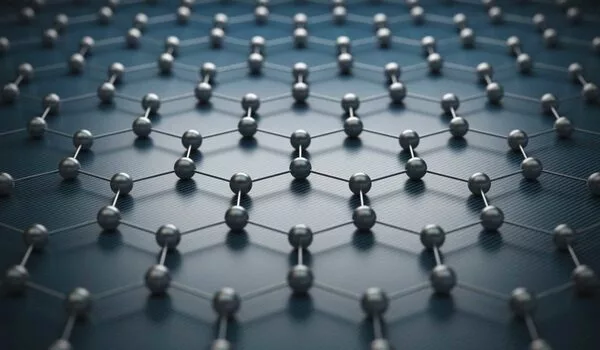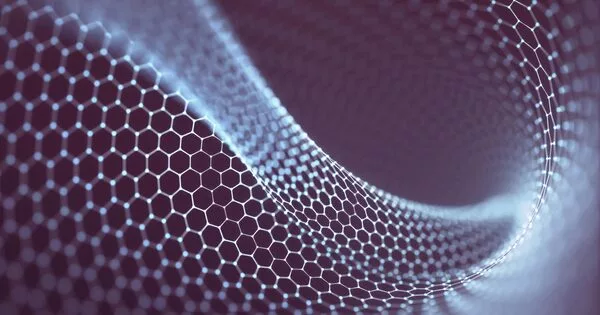An international research team led by the University of Göttingen discovered novel quantum effects in high-precision studies of natural double-layer graphene and interpreted them in collaboration with the University of Texas at Dallas using theoretical work. This research adds to our understanding of the processes involved by providing new insights into the interaction of charge carriers and different phases. The LMU in Munich and the National Institute for Materials Science in Tsukuba, Japan, were also involved in the study. The findings were published in Nature.
A British research team discovered the novel material graphene, a wafer-thin layer of carbon atoms, in 2004. Graphene is known for its extraordinarily high electrical conductivity, among other unusual properties. When two individual graphene layers are twisted at a very specific angle to each other, the system becomes superconducting, which means it conducts electricity without resistance and exhibits other exciting quantum effects like magnetism. However, producing such twisted graphene double-layers has so far necessitated additional technical effort.
Future research can now focus on investigating additional quantum states. Researchers would need to figure out how to achieve these results at higher temperatures in order to access other applications, such as novel computer systems such as quantum computers. However, one significant advantage of the current system developed in our new research is the ease with which the materials can be manufactured.
Thomas Weitz
This novel study made use of a naturally occurring form of double-layer graphene, requiring no complex fabrication. In the first step, the sample is isolated from a piece of graphite in the laboratory using a simple adhesive tape. To observe quantum mechanical effects, the Göttingen team applied a high electric field perpendicular to the sample: the electronic structure of the system changes, and a strong accumulation of charge carriers with similar energy occurs.

At temperatures just above absolute zero (minus 273.15 degrees Celsius), electrons in graphene can interact with one another, resulting in the emergence of a variety of complex quantum phases. For example, the interactions cause the electron spins to align, causing the material to become magnetic without any additional external influence. Researchers can alter the strength of charge carrier interactions in double-layer graphene by varying the electric field.
Under certain conditions, electrons can be so restricted in their freedom of movement that they form their own electron lattice and, as a result of their mutual repulsive interaction, can no longer contribute to charge transport. After that, the system becomes electrically insulating.
“Future research can now focus on investigating additional quantum states,” say Professor Thomas Weitz and PhD student Anna Seiler of Göttingen University’s Faculty of Physics. “Researchers would need to figure out how to achieve these results at higher temperatures in order to access other applications, such as novel computer systems such as quantum computers. However, one significant advantage of the current system developed in our new research is the ease with which the materials can be manufactured.”
















